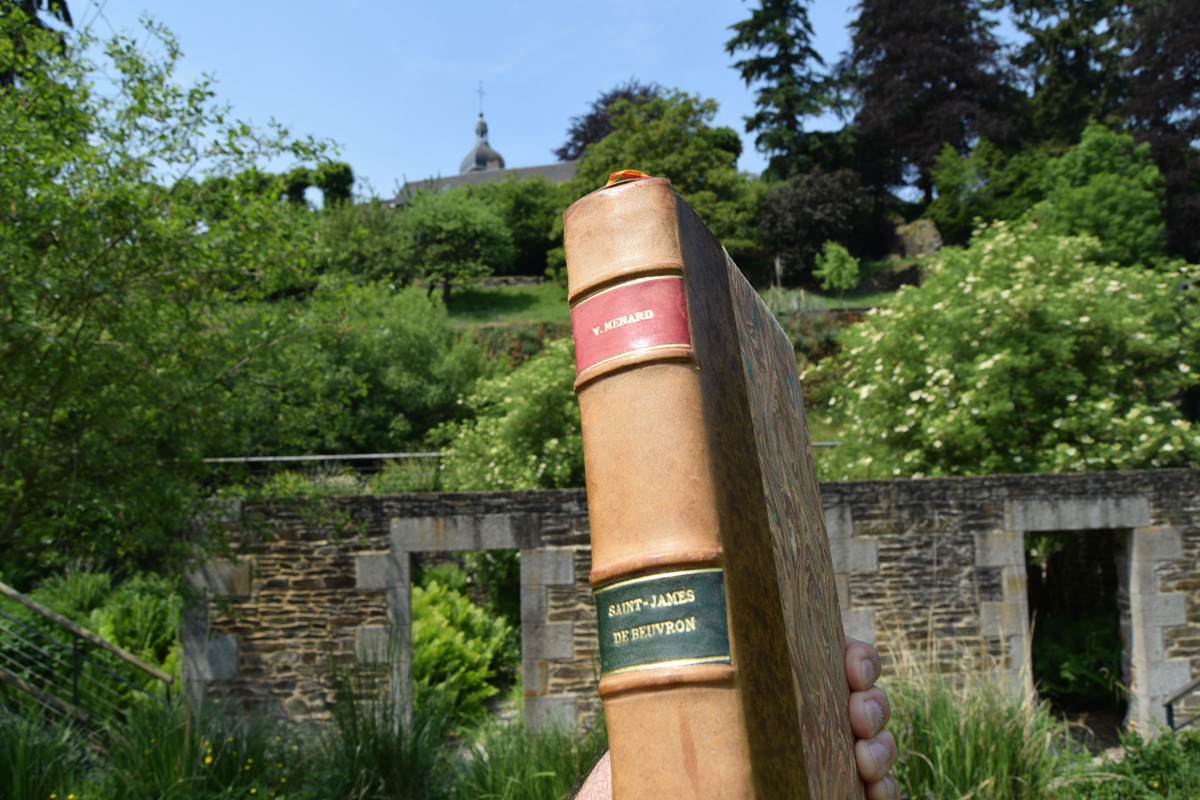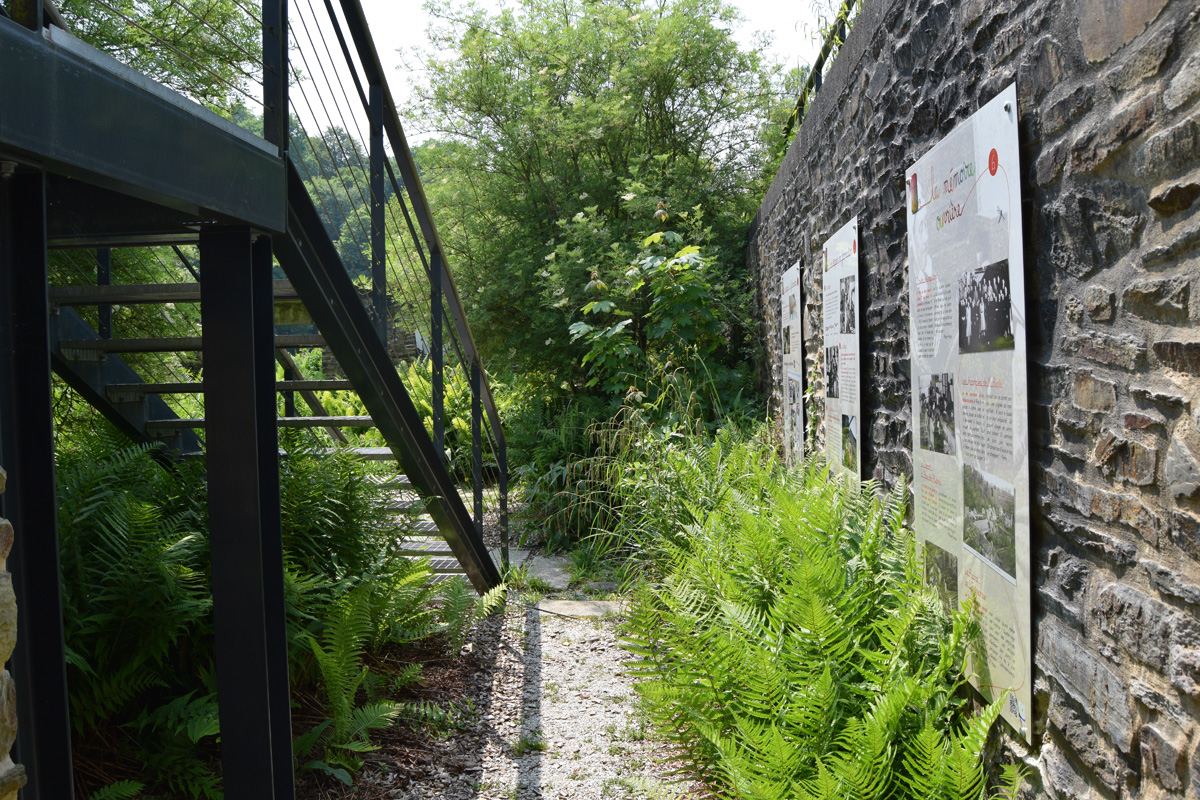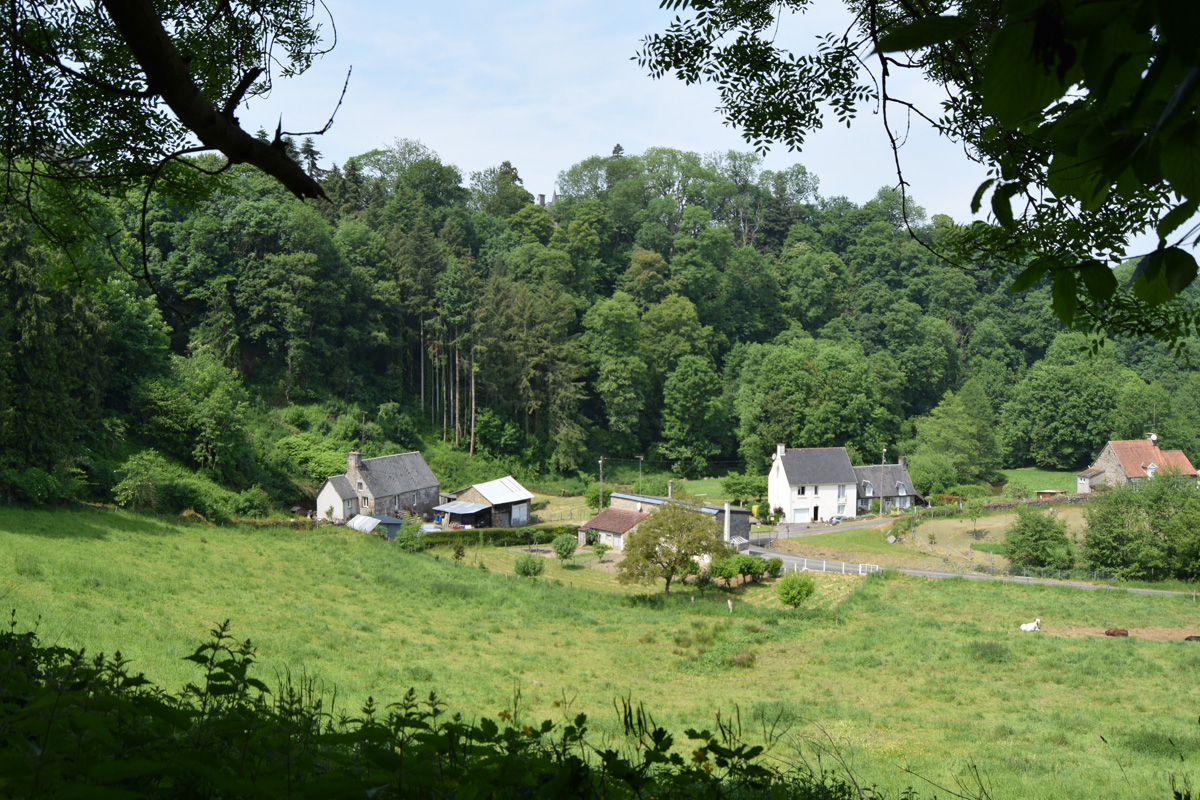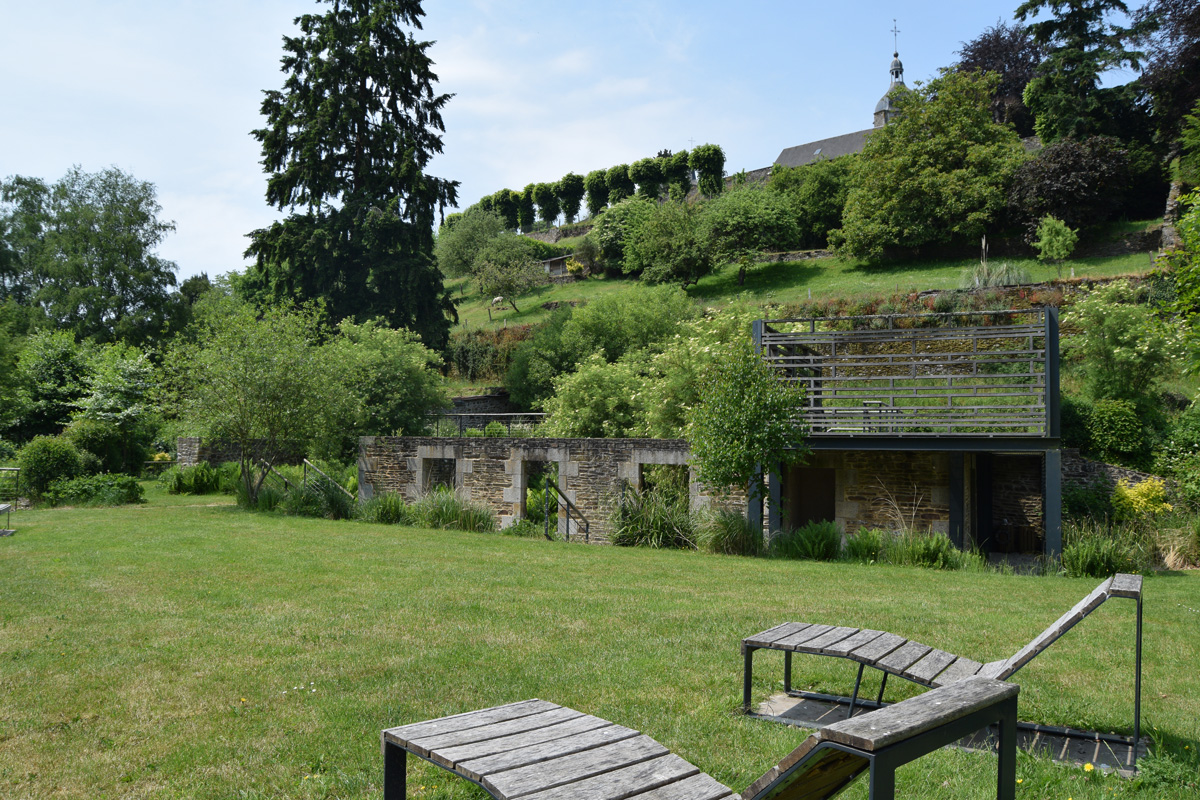Since time immemorial, the Beuvron River has flowed briskly through the land. It is this power that drove the mechanisms of tanning mills, to tan hides; woollen mills, to beat woven wool; wheat mills; linseed oil mills; hemp mills; and more
All this craftsmanship contributed to the town’s expansion, with a population which rapidly increased during the Middle Ages. Canalised to guarantee the stability of the Beuvron’s flow, all adjoining buildings serve an industrial purpose. The numerous mills attracted people to settle in the valley. This area, now so peaceful, was once crowded with cafés, inns and shops. There was the upper town and the lower town. At the time, it was not considered appropriate for people from the “upper class” to frequent the shops of the “lower class”.

Though today the valley has regained its calm of yesteryear, the traces of human activity and economic excitement remain. The buildings of the town’s most famous factory are now part of an educational space open to all, throughout the year. Testimonials from the workers of the time, when the turning of the mill marked the rhythm of the town, allow visitors to immerse themselves in the atmosphere of yesteryear.

The Venetian Lantern Factory
From 1865, a company, created in 1860 in Saint Georges de Reintembault chose to establish itself in Saint James. The Venetian Lantern Factory is present in both the town centre and the Beuvron valley. It is located in front of the current town hall. The owners had magnificent middle-class residences built, still visible in the heart of the town.
The majority of employees were women. Those who lived in Saint James painted their designs at home. In good weather, the sidewalks were largely occupied by these workers looking for the best light to decorate their paper or glass lanterns. Every morning, mothers would drop their children off at the nursery. Driven by Father Charuel, this establishment – which was very useful for our artists – was the first in the department. It is said that the priest’s tomb has the power to make young children, struggling to take their first steps, learn to walk. All you have to do is place the child on his tombstone and make them take a few steps.

From mill to sawmill
The oil and wheat mills at the bottom of the mounds were transformed into sawmills for the shaping of the wooden bases of the lanterns. Shelters for drying these fine and fragile bases adorned the landscape.
Nearly 300 employees worked for this factory, which had the honour of illuminating the Paris Universal Exhibition in 1889. A gold medal was awarded for the quality of these hand-painted lanterns. Starting from Saint-James, by train, they travelled all over France and Western Europe – and even reached Japan.
The arrival of electricity put an end to the manufactory’s success in 1934.













